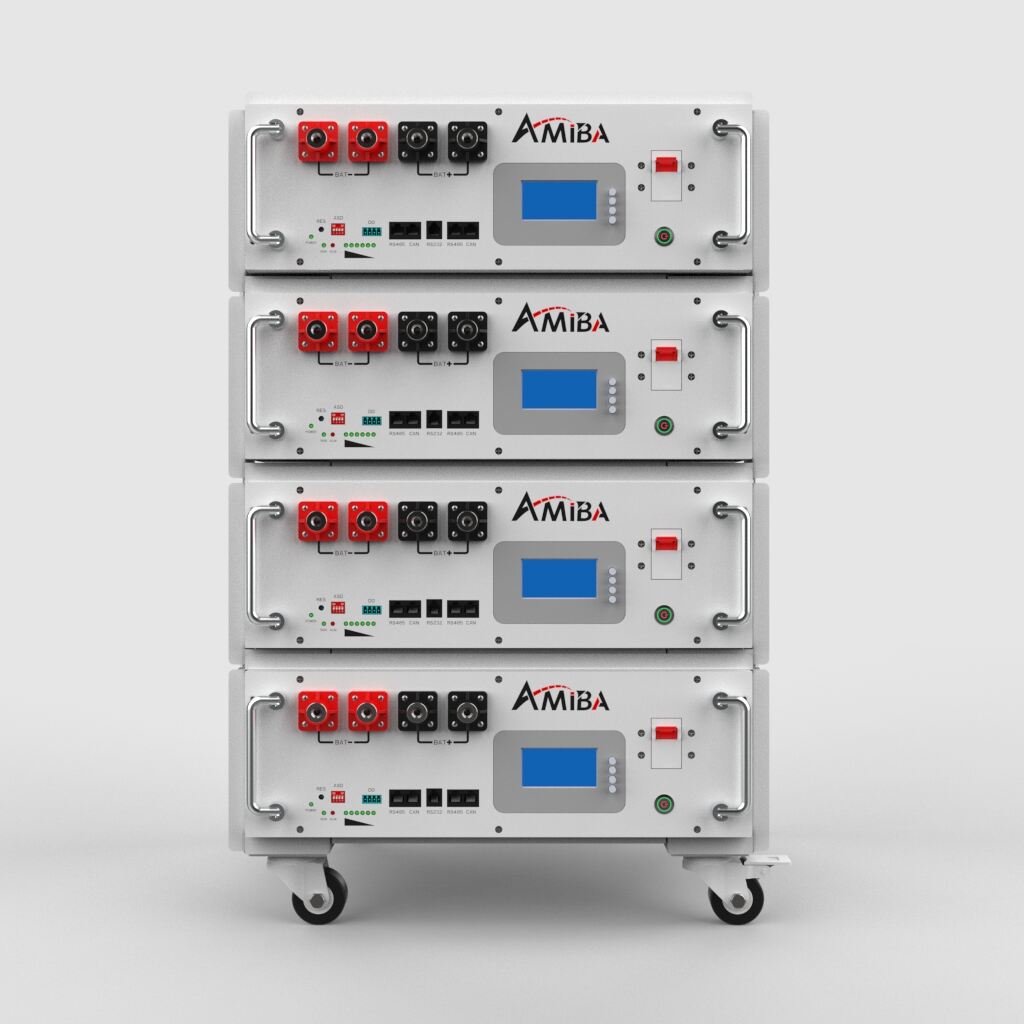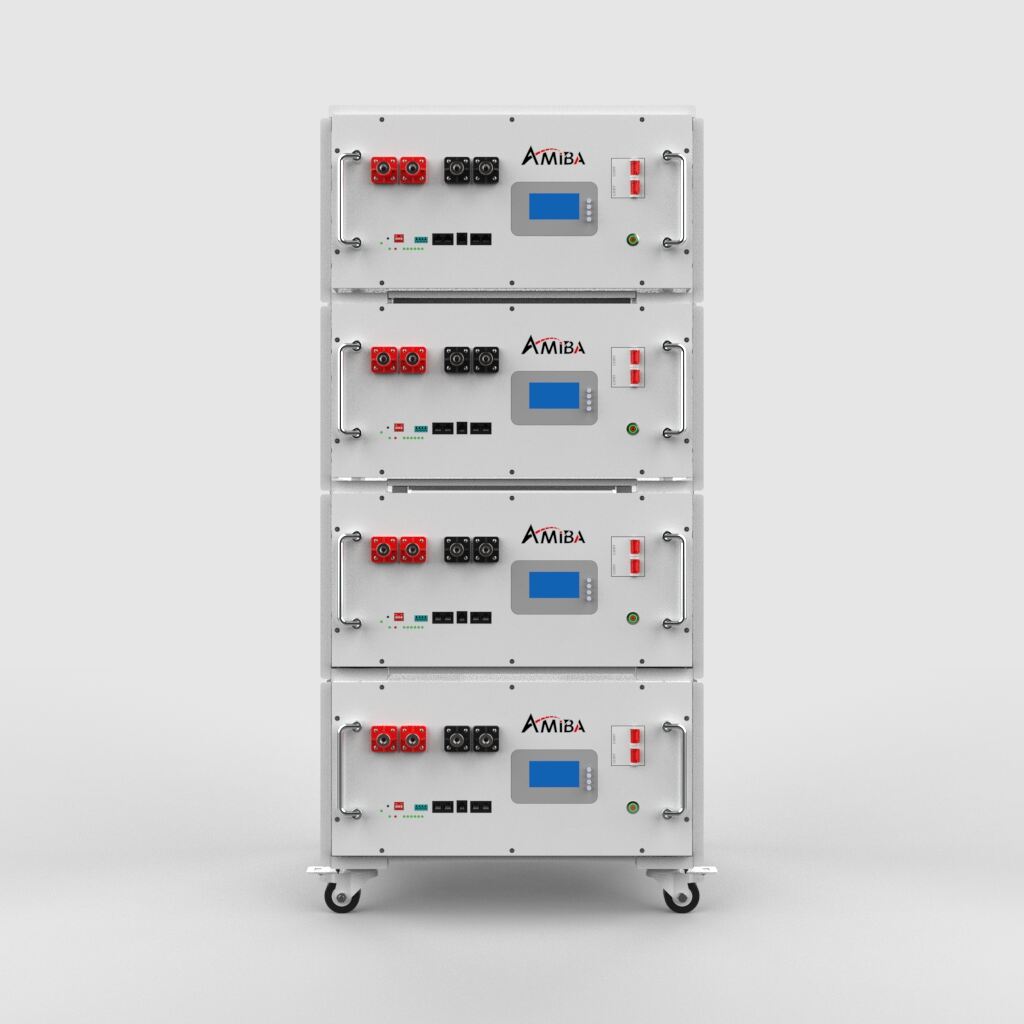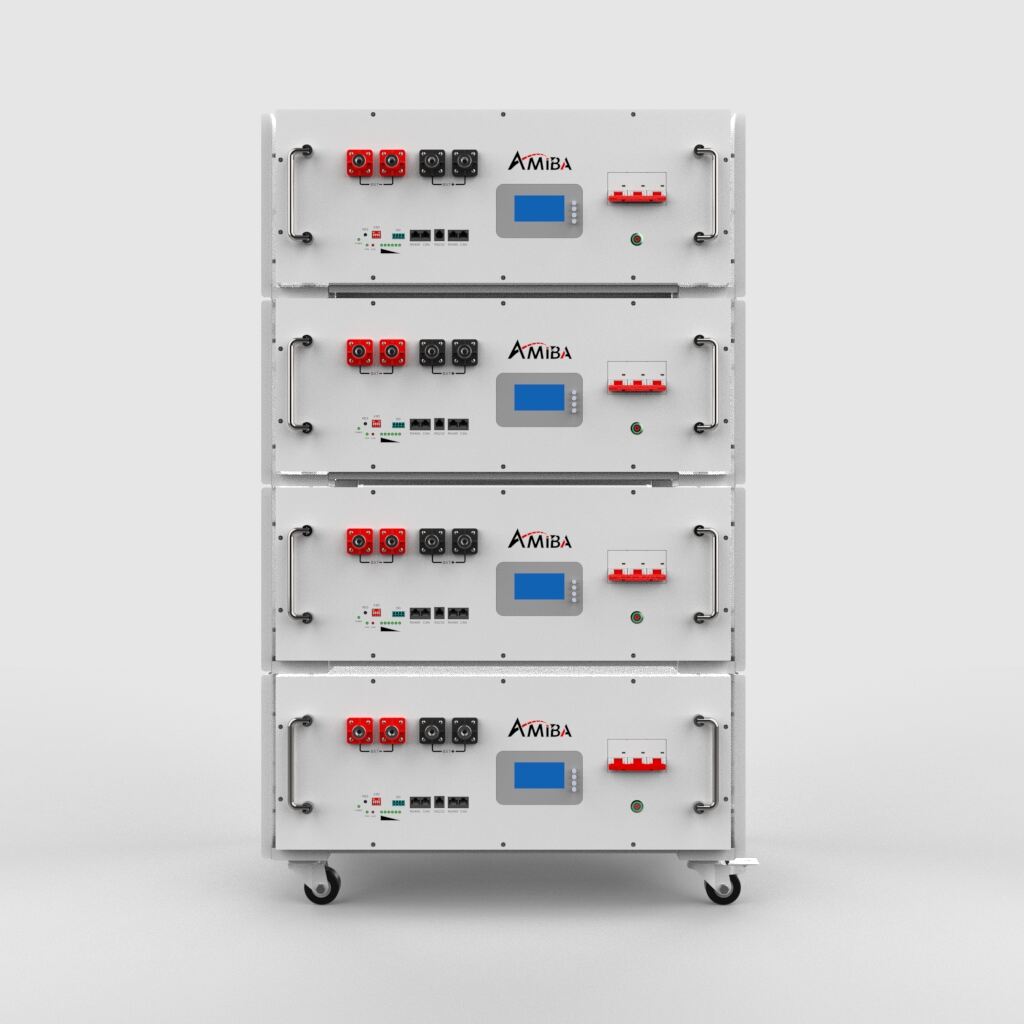Understanding the core technical parameters of energy storage systems is crucial for optimizing their performance. Energy capacity, measured in kilowatt-hours (kWh), reflects the total amount of energy that a system can store, while power capacity, measured in kilowatts (kW), indicates the rate at which energy can be delivered. These parameters play vital roles in determining the efficiency of home battery storage systems. The energy capacity impacts how much stored energy is available for use by homes and businesses, thus influencing the transition to renewable energy sources. As demand for renewable energy grows, the market for higher capacity systems expands, highlighting the increasing need for efficient home energy storage solutions. According to recent market research, the demand for energy storage solutions with higher capacities is expected to grow significantly, with investments increasing as the renewable energy sector advances.
Round-trip efficiency is a crucial metric for evaluating the performance of energy storage systems, as it measures how effectively stored energy is converted back for use. High round-trip efficiency indicates a system's capability to minimize energy loss during storage and retrieval, thereby enhancing its efficacy in home battery backup scenarios. Typically, lithium-ion batteries, a prevalent technology in home energy storage systems, demonstrate round-trip efficiencies ranging from 85% to 95%, showcasing their reliability. Recent advancements in technology have further improved these metrics, with some cutting-edge battery designs achieving higher efficiencies, as highlighted in studies in the Journal of Energy Storage.
Cycle life, a crucial factor in assessing energy storage systems, refers to the number of charge-discharge cycles a battery can undergo before its capacity significantly degrades. A longer cycle life means better sustainability for users implementing home battery systems. Depth of discharge (DoD) is equally important, determining how much energy can be utilized from a battery without shortening its lifespan. Best practices suggest maintaining an optimal DoD setting to prolong cycle life. Research indicates that battery chemistries, such as lithium-ion, vary in their cycle life and DoD capabilities. For example, studies show that lithium-ion batteries typically offer more cycles with deeper discharges compared to traditional lead-acid batteries.
Thermal management systems are essential in preserving both the performance and safety of home battery storage units. Effective thermal management helps maintain the optimum operating temperature, preventing overheating and potential damage. Common techniques include air and liquid cooling, which are vital in high-demand applications. Battery safety is enhanced through these methods, ensuring reliability and longevity. Industry standards underscore the importance of advanced thermal management strategies, with case studies highlighting their effectiveness. These systems not only improve battery performance but also ensure compliance with safety protocols, making them integral to the design of modern energy storage systems.
Grid-scale Battery Energy Storage Systems (BESS) are vital in modern energy infrastructure, enabling utilities to store and deploy large energy volumes. These systems seamlessly integrate with power grids to enhance energy resilience and reliability, particularly vital in managing supply-demand anomalies and supporting renewable energy integration. Grid-scale BESS is instrumental in stabilizing power systems, offsetting the irregularity of renewable sources like wind and solar. The applications of these systems in maintaining a stable energy supply are indispensable as they provide grid operators the flexibility required to adapt to dynamic energy needs. According to Deloitte's 2025 Energy Outlook, battery storage accounted for a 64% increase in capacity addition, emphasizing its importance in bridging the gap between fluctuating renewable energy supply and demand. Such statistics highlight BESS's growing impact on energy markets, underscoring its strategic importance in the global energy transition.
Behind-the-meter energy solutions represent a significant shift toward consumer empowerment in energy management. These systems allow customers, particularly homeowners, to manage their energy usage independently, directly impacting their electricity costs and supporting energy autonomy. By generating and storing energy on-site, behind-the-meter solutions like home battery storage systems enable consumers to optimize their energy consumption, reduce reliance on the grid, and even profit from excess energy generation. Recent trends indicate a growing adoption of these systems as consumers seek to enhance energy independence. For example, the U.S. Energy Information Administration predicts that residential solar attachment rates will rise from 14% in 2023 to a record 25% in 2024, reflecting increasing consumer interest in personal energy solutions.
Co-located solar battery systems are gaining traction due to their efficiency in maximizing solar energy use. These systems combine solar panels with integrated battery storage, allowing excess solar energy to be stored and used during peak demand times or periods without sunlight. This setup not only optimizes energy consumption but also offers significant financial advantages for homeowners. Financial incentives such as tax credits and rebates further encourage investment in solar battery systems. A case study involving a residential implementation in California demonstrated a 30% reduction in utility bills over a year, exemplifying improved energy savings and supporting the economic viability of investing in such technology for enhanced sustainability and cost efficiency.
The HES05RK-51.2V100Ah-5.12KWh model from AMIBA Power stands out as a compact, high-performance energy storage solution designed specifically for industrial applications. With its capacity of 5.12 kWh, it is ideal for environments where space is a premium, such as data centers and server rooms. Compared to conventional battery systems, the HES05RK offers increased energy density, ensuring that its compact size does not come at the expense of performance. User testimonials frequently highlight its reliability in providing uninterrupted power backup during critical operations.

The HES10RK-51.2V200Ah-10.24KWh offers a robust solution for businesses facing frequent power outages. This high-capacity battery provides a reliable and extensive backup, ensuring operational continuity across various sectors. With its 10.24 kWh capacity, it supports critical operations by maintaining power during unexpected outages. This model is particularly beneficial for enterprises needing dependable energy reserves, thus supporting seamless business operations. Data indicates an increased adoption of such backup systems within sectors susceptible to power interruptions, underscoring their critical role in sustaining business continuity.

The HES15RK-51.2V280Ah-14.336KWh model underscores AMIBA Power's commitment to providing extended-duration energy storage solutions, crucial for critical environments like data centers and medical facilities. With its substantial 14.336 kWh capacity, it ensures sustained performance during peak demand scenarios, mitigating risks associated with power fluctuations. This increased duration is particularly advantageous for maintaining power during critical times, reducing downtime and associated costs. Industry analyses reveal a growing trend towards adopting extended-duration storage solutions to meet rising energy demands and improve operational resilience.

The charge-discharge conversion speed is pivotal in defining the responsiveness of energy storage systems in fast-demand scenarios. Quick conversion speeds enable immediate response to power needs, significantly enhancing the usability of systems like home battery backups and solar batteries. In contrast, slower speeds could diminish energy efficiency, making it challenging to meet fluctuating demands swiftly. Notably, advancements in battery technologies have led to more efficient conversion systems. For instance, industry data indicates a 20% improvement in conversion efficiencies over the past decade, demonstrating the rapid technological progress in this area.
Developing multi-market revenue strategies is essential for maximizing financial returns in energy storage operations while ensuring reliability. These strategies involve tapping into various revenue streams, such as demand-response programs or participating in energy trading markets. By aligning these streams with market dynamics, businesses can optimize their financial gains while maintaining system reliability and stability. As an example, many energy storage firms have successfully implemented these strategies by balancing supply and demand in real time, allowing for maximum profitability alongside efficient energy management.
Ongoing research and development in battery storage continue to push the boundaries of efficiency and cost-reduction. Emerging trends, such as solid-state batteries and improved recycling processes, promise significant advancements. Additionally, AI integration in battery management is set to revolutionize how energy storage systems are managed and optimized. Insights from industry leaders suggest that future innovations will likely double the efficiency of current systems while reducing costs by an estimated 30% in the next five years. These breakthroughs paint a promising picture for the future of home battery storage and home energy storage systems.